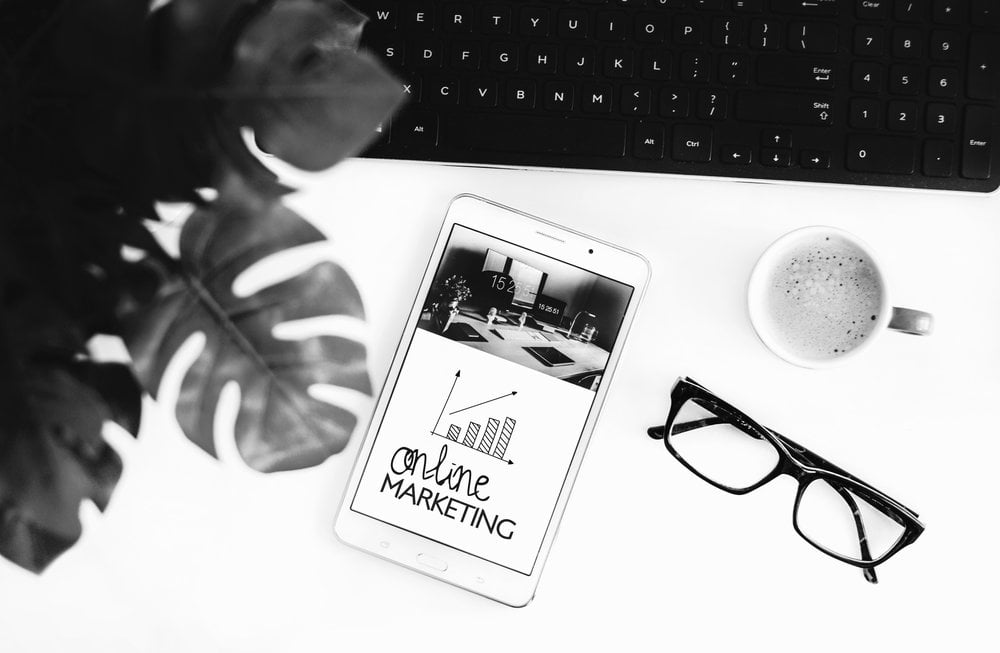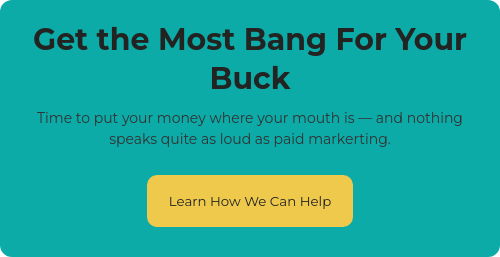About five years ago, “native advertising” was the new and hot content marketing buzzword, and a strategy every business owner, content marketer, startup, etc. felt they needed to implement. There’s a bit of controversy around whether or not this type of marketing should be executed, as it starts blurring the line between editorial content and advertisements. However, the ability for these ads to integrate seamlessly into website content makes them less disruptive, and more successful as it enhances their clickability. Let’s take a deeper look at what native advertising is and how your business can leverage it in 2018.
What is Native Advertising?
According to DigitalMarketer, native advertising is a form of paid media where the ad experience follows the natural form and function of the user experience in which it is placed. So, the ads match the design of the website, while looking and feeling like natural content (hence, “native”). Plus, the ads behave consistently with the user experience and function just like natural content. See the example below. It fits right into the newsfeed feature on CNN:

As you can see above, a key aspect of native advertising is that your content is very clearly marked as “paid content.” It may be designated as advertising, a sponsored post or as a I mentioned, a paid placement.
There are many native ad content discovery platforms out there, but two have notably higher credibility — Taboola and Outbrain.
Outbrain remains one of the best native ad discovery platforms out there regarding quality and visibility of advertising. The quality of the ads are monitored carefully using very intelligent filters that incorporate content from many product-oriented ads. Outbrain is mainly available for top publishers, such as People, ESPN or CNN.
Taboola may be the biggest content discovery platform out there right now. It serves more than 1 billion unique visitors per month on some of the most innovative, engaging and visited websites there are right now, such as USA Today, NBC, MSN, Fox Sports, etc. The company claims cost-per-click rates are close to .02 - .04 cents, which is unbelievable.
So, does Native Advertising work?
Native advertising, when done correctly, gives advertisers positive brand recognition, drives branded search and influences engagement. Some of the largest social platforms in the world use native advertising. Companies such as Pinterest, GE, Twitter, Facebook, Instagram, and more see success when they fold it into their content marketing plan. Below are a few examples of company and native advertising successes.
-
A large media agency led a native advertising campaign for GE which reached 5.1 million people and resulted in 416,000 clickthroughs, just over an 8 percent click-through-rate.
-
According to LinkedIn, native ads register an 18 percent higher lift in purchase intent than traditional banner ads. These types of ads also out-perform banner ads in driving search activity — by 204 percent.
-
Business Insider predicts that native ads will drive 74 percent of all ad revenue by 2021. This is up from 56 percent recorded in 2016. This is largely due to the marketing dominance of social platforms, such as Facebook and Twitter.
-
Buzzfeed — one of the most popular native advertising publishers — does not execute banner ads because 75 percent of the 24 million people who visit their website, do so to find content to share. What does this mean? Brands are far more likely to use native advertising to allow these 24 million people to share their content, thus getting them greater visibility.
Is Native Advertising right for my brand?
More often than not, I’m seeing junky ads in these native advertising spots. See the image below as an example.

Seeing this prompts me to ask, do I want to see my brand featured next to a toenail fungus and belly fat ads? If it were up to me, I would never want my brand or my client represented within these native advertising slots, or associated anywhere near the ads content represented. People tend to view this then as spam, and are less likely to take what I’m trying to market, much less seriously. The moral of this story is two-fold:
-
Don’t create ads with the intent of fooling your audience. That does not build a positive or trustworthy brand.
-
It’s extremely important to research the different content networks each service has because they all own their network of publishers they place on. For instance, the company I mentioned above, Taboola, owns MSN, ABC, AOL, etc. Pay attention to what types of ads are being placed on their site in their native advertising boxes. Not only is it important to ensure your business isn't posting tacky toenail fungus or clickbait ads, but you don't want to be represented among these types of ads either.
Before you decide that native advertising is right for your brand, make sure you can answer the following questions:
-
Who are you trying to reach? Native advertising will help you reach a larger audience, just make sure it’s the RIGHT audience.
-
What is your budget? Native advertising can require a larger investment, especially when considering your target audience and ROI. And, finally, and perhaps most importantly...
-
What are your goals? Know what you’re trying to accomplish and how you’ll measure your success.
Answer these questions and evaluate the strengths of native to help evaluate your choice.






